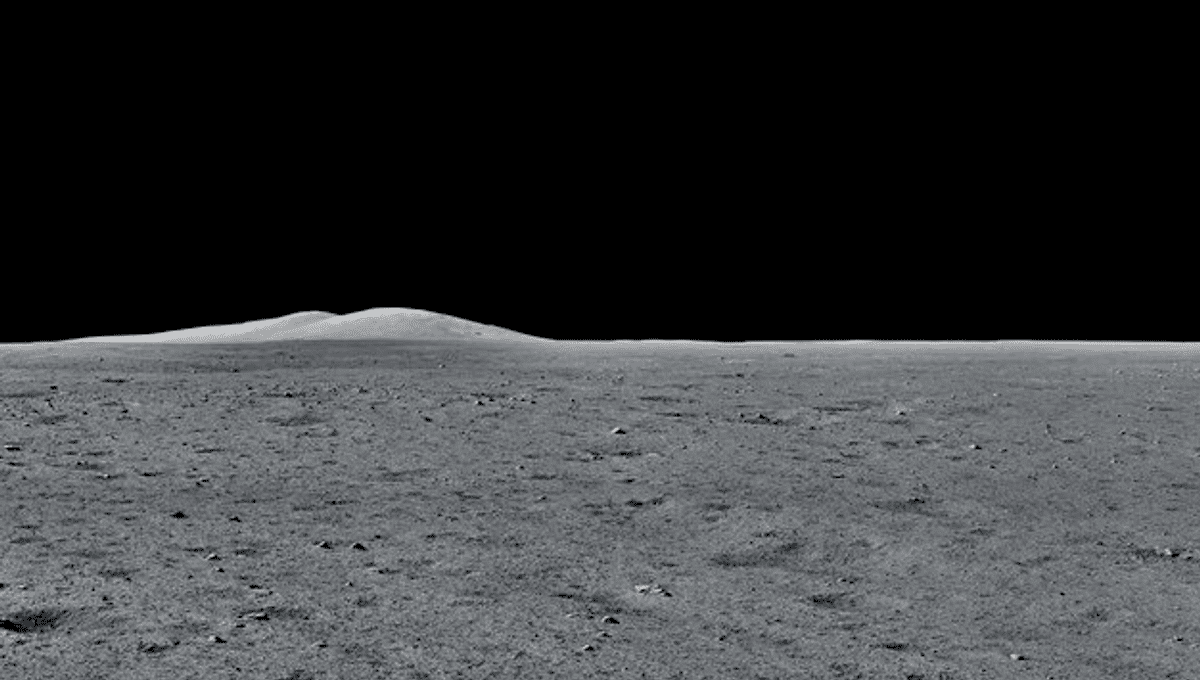
Samples of the lunar surface returned by the Chang’e-5 mission have revealed abundant iron in a +3-oxidation state. The scientists who studied the samples believe micrometeorites are changing the lunar surface chemistry, converting Fe2+ to a mix of uncharged metal and Fe3+.
Iron is noted for its wide range of oxidation states, from -2 to +7, but on Earth, the most common are +2, and +3, respectively known as ferrous and ferric. However, the samples returned by the Apollo missions contained mostly ferrous or metallic iron (Fe0). This led to the conclusion the lunar surface, and possibly interior, are highly reducing (causing other substances to gain electrons), with important implications for our understanding of lunar chemistry.
If you based your knowledge of the Earth’s geology entirely on six sites chosen semi-randomly, you’d miss some rather important aspects. The Moon is far less diverse of course, but we did something pretty similar in the 50 years after the Apollo missions. In Nature Astronomy, a study of samples returned by the Chang’e-5 mission reveals a lot of ferric iron Apollo didn’t find.
Chang’e-5 was sent to one of the youngest parts of the lunar surface, an area that was volcanically active less than 2 billion years ago. There, it collected agglutinate melt (clumps of material that has adhered) particles around a tenth of a millimeter across, which the paper reports contain ferric iron in abundance: more than 40 percent of the ionized ion is ferric.
This then raises the question of where the Fe3+ comes from. Some attempts to explain the small amount of ferric iron in the Apollo samples had suggested hydrogen or carbon monoxide – either of which can react with iron to produce Fe3+ – sometimes escaped from the lunar surface. Others pointed to the effects of oxygen atoms peeling off Earth’s atmosphere. However, with not much to explain, the question wasn’t a high priority.
The higher quantities reported by Professor Xu Yigang of the Guangzhou Institute of Geochemistry and co-authors change that. One clue helps explain the ferric iron found here, and possibly the much smaller quantities seen before.
“As an airless body, the Moon suffers space weathering due to solar wind irradiation and micrometeoroid impacts,” the authors write. The melts show signs of having been hit by micrometeoroids, and the authors propose that these caused a redistribution of charge, with Fe2+ being transformed into a mixture of Fe0 and Fe3+, possibly with the addition of some electrons from elsewhere.
Even a tiny meteorite can create a lot of heat when it hasn’t had any atmospheric friction to slow it down. Pooling of metallic iron particles suggests the energy of meteorite impact raised temperatures in the glass above 1,524 °C (2,743 °F). The authors are unsure whether the charges were rearranged at this point while the material was liquified, or during postshock cooling.
Ironically (sorry), the Apollo missions actually did find at least one higher concentration of ferric iron. Up to a quarter of the iron in some glass beads returned by four of the Apollo missions is ferric, but this was only noticed in the last few years, by which time the impression of a highly reductive surface had already set in.
The paper is open access in Nature Astronomy.
Source Link: Chang'e-5 Finds Iron On The Moon, Solving A Mystery The Apollo Missions Couldn’t